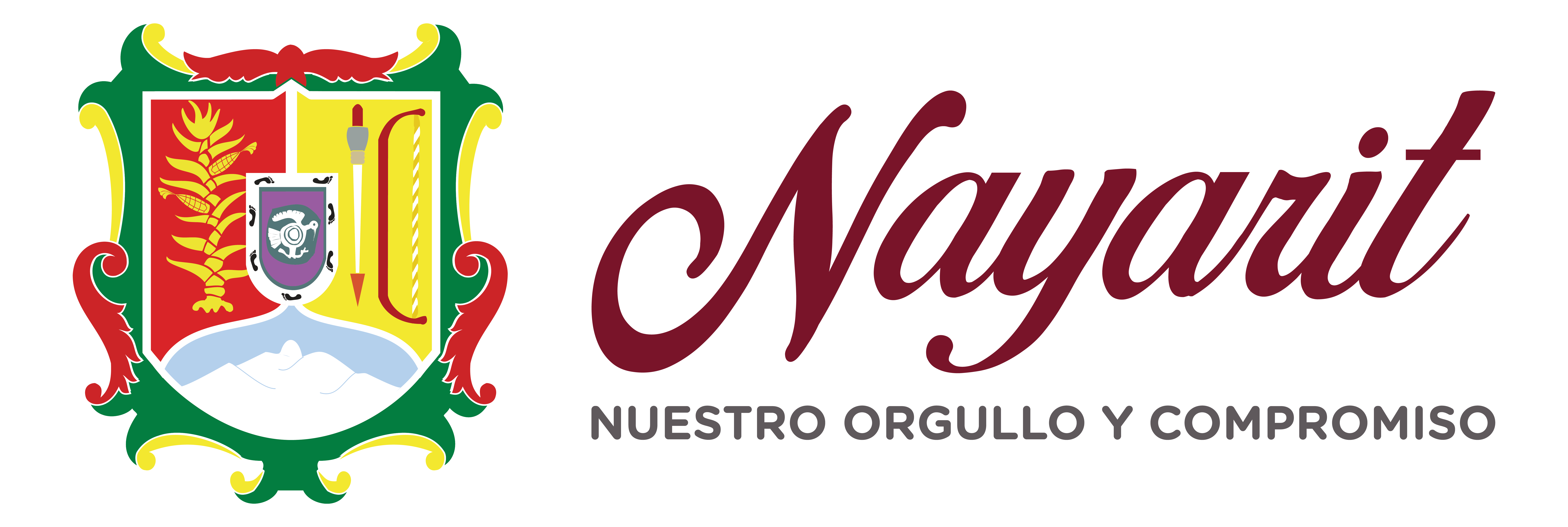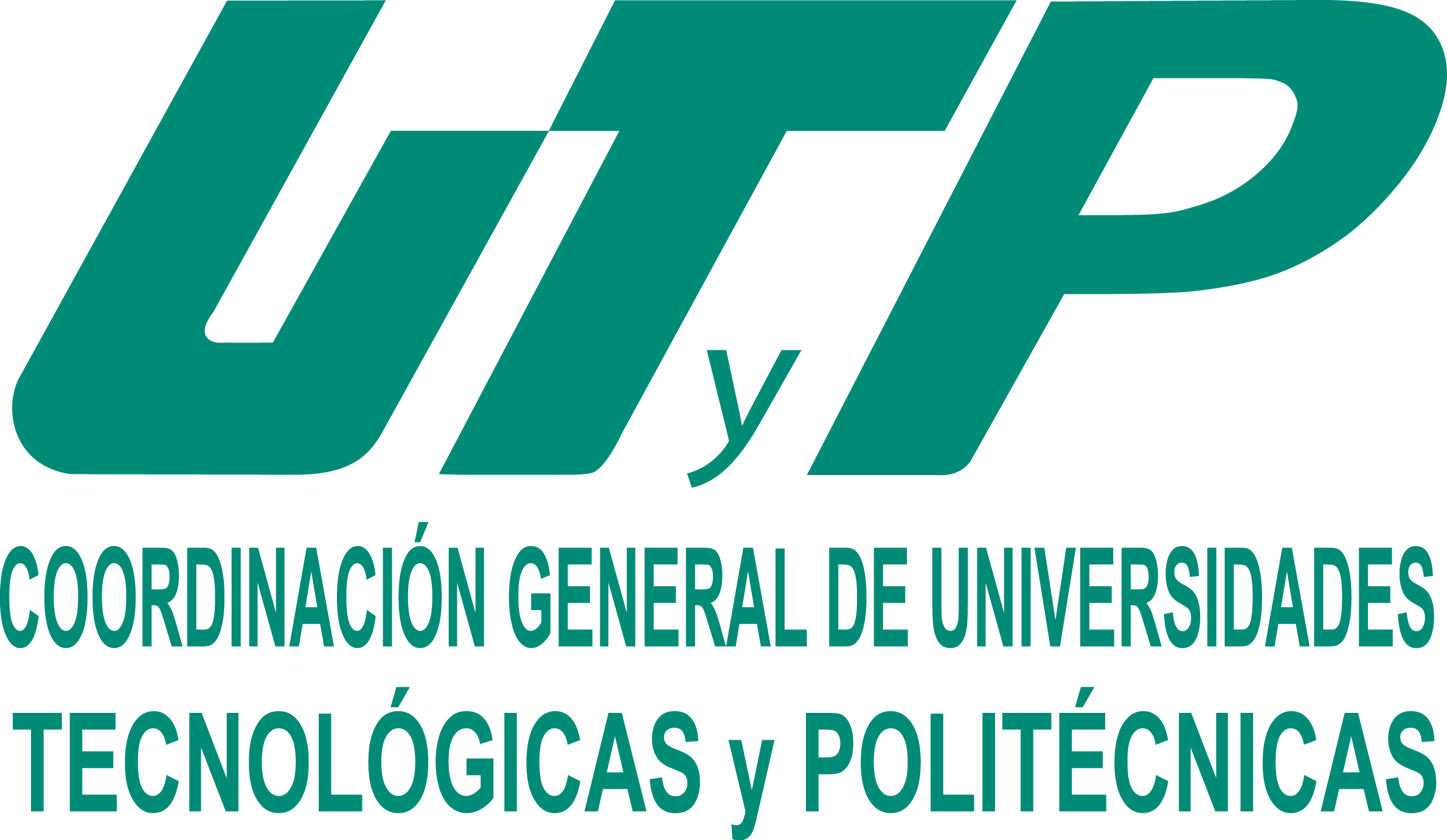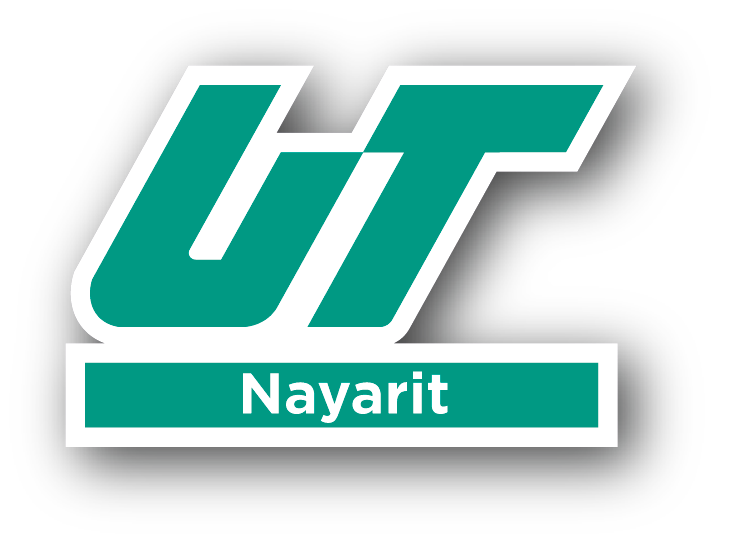Analysis of Tourist Consumption Habits of the Local Population in a Tourist Destination: Cancun Case
Keywords:
Recreation, Local economy, Social tourismAbstract
This work shows a diagnosis of the tourist consumption habits of the local population based on the 4 “C” of Marketing: Consumer, Cost, Comfort, and Communication; to identify the characteristics that allow other sectors to promote and generate tourist spaces and activities by their socioeconomic reality.
The problem of satisfying this demand is reflflected in the conditions that allow adapting the purchasing
power of the client and the profifitability demands of the tourist facilities, starting from the hypothesis that identifying and analyzing the tourist consumption habits of the inhabitants of the municipality of Benito Juarez will allow the generation of proposals for tourist products and services according to their needs. Making a compilation of the work from the approach of the problem where it is intended to meet the needs of tourism and recreation of the local population, it can be understood at fifirst as a lack of supply of adequate tourist services to the population, however after This study shows that this lack of services does not necessarily exist since the characteristics of the population show a high rate of travelers to their places of origin, so there is not necessarily a search for tourist services by local inhabitants. On the other hand, it is also possible to appreciate the use of tourist services at special prices in low seasons, when the offer is not suffificient, since there is 36% of the population that considers that there are no tourist services according to their needs and a 14% who consider that only sometimes there are opportunities according to their needs.
Downloads
References
Correa, E. O. (2006). Creación de escenarios para el desarrollo humano desde la recreación. Bogota, Colombia: Funlibre.
Data México Quintana Roo. (2020). https://datamexico.org/. Recuperado el 22 de 04 de 2022, de https://datamexico.org/es/profile/geo/quintana-roo-qr#:~:text=En%20el%20cuarto%20trimestre%20de,mensual%20de%20%246k%20MX.
Duque, H. (2006). La libertad desde la satisfacción de las necesidades. Bogota, Colombia: Fundación Latinoamericana
de tiempo libre y recreación.
INEGI. (03 de 2020). INSTITUTO NACIONAL DE ESTADISTICA, GEOGRAFIA E INFORMATICA. Obtenido de https://www.inegi.org.mx/programas/ccpv/2020/default.html
Kaiser, L. F. (2016). Introducción a a la Investigación de Mercados. México: Mc Graw Hill.
Kotler, P., & Armstrong, G. (2016). Marketing. México: Pearson.
Martinez, E. G. (2008). Estudio para la detección del síndrome depresivo en el servidor turístico en establecimientos de alimentos y bebidas en Cancún. Cancún, México: Instituto de Investigaciones Turísticas ULSA Cancún.
Noguera Tur, J., Ferrandis Martinez , A., & Madrid Liñero, V. (Julio-Diciembre de 2015). Comportamiento comercial y hábitos de consumo de los turistas en un. (U. d. Alicante, Ed.) Investigaciones Turísticas, 10,24. Doi: https://doi.org/10.14198/INTURI2015.10.10
Secretaría de Turismo. (2016). Encuesta nacional de gasto turístico en los hogares 2016. Ciudad de México: Subsecretaria de Planeación y Política Turística.
Secretaría de Turismo. (2020). Programa Sectorial de Turismo 2020/2024. Ciudad de México: Gobierno de México-Secretaria de Turismo. Recuperado el 19 de Marzo de 2022, de http://sistemas.sectur.gob.mx/sectur/prosectur_2020-2024.pdf
Downloads
Published
Issue
Section
License
Copyright (c) 2022 María del Carmen Rojas Nagano, Héctor Julián González Márquez

This work is licensed under a Creative Commons Attribution-NonCommercial 4.0 International License.








